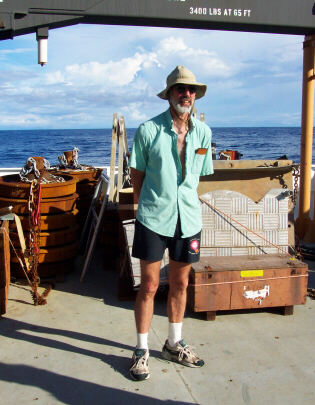Photo of Chris Fairall
Image Courtesy of Chris Fairall
Dr. Chris Fairall
I am a physicist at NOAA's Earth System Research Laboratory in Boulder, Colorado, where I head the Weather and Climate Physics Branch. I am working to unravel the mysteries of how the ocean and atmosphere battle each other as part of the Earth's climate system from El Nino to hurricanes. I have spent decades developing and deploying air-sea interaction observing systems on NOAA ships and aircraft and have participated in nearly 50 research field programs and cruises from the Tropics to the Arctic icecap.
My work is devoted to making direct measurements for verifying and improving the representation of air-sea interaction processes in climate models used for climate change projections. These measurements include such things as surface evaporation, absorption of heat, generation of waves, and uptake of carbon dioxide. Do the models get the right clouds (stratus, cumulus, thunderstorms) over the right ocean? Do they transfer the right amount of carbon dioxide from the air to the water? Do they put the right amount of heat into the tropical oceans and take it out in the polar oceans? How does the ocean power hurricanes, and what is required to allow realistic hurricanes to ‘live' in climate models? Do they correctly represent the heat balance of the Arctic Ocean ice cap? This observing technology work has also led to improvements in the global ocean observing system. I am currently working on improving hurricane intensity forecasts.
You might also be interested in:
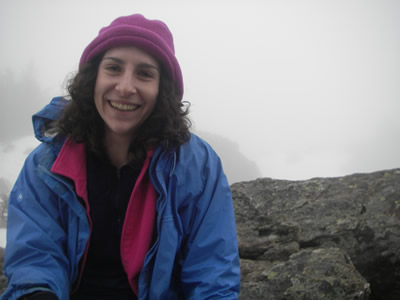
Many students in atmospheric science were motivated to enter the field by some fascinating extreme weather event experienced as a child. This was not the case with me. When I was an undergraduate I was
...more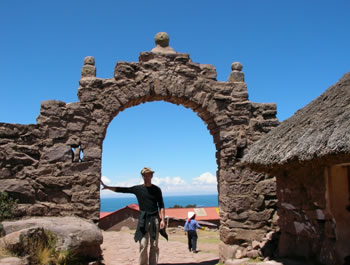
I'm a physical oceanographer interested in climate variability and especially the El Niño phenomenon. Other than the annual cyle of the seasons, El Niño is the largest pulsation of the climate. I'm interested
...more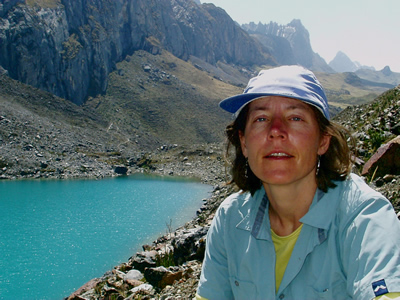
Hola! I am originally from the Netherlands and thereafter spent 3 years as a child in the Peruvian Andes, but I have lived most of my life in the United States. I received my bachelor's degree in physics
...more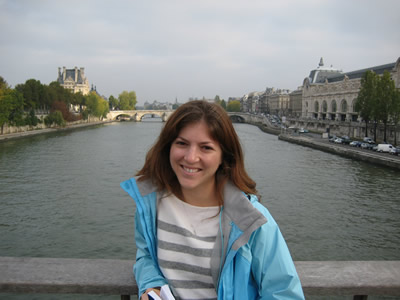
I am starting my fourth year of graduate school at Scripps Institution of Oceanography, studying atmospheric chemistry and climate science. I love earth science and have always wanted to do something
...more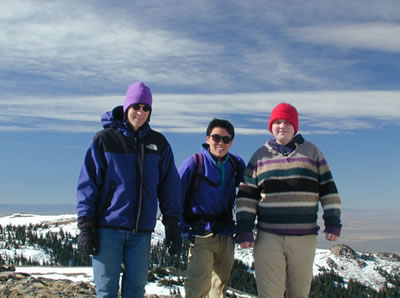
I am a university professor involved in studies of the concentration and type of particles contained within clouds. It is important to know these things in order to say how often clouds produce precipitation
...more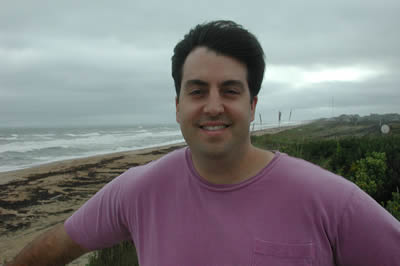
I am a specialist in ocean-atmosphere interactions. My interests include wave dynamics and wave breaking, the effect of near-surface turbulence on heat, gas, and momentum transport, airborne infrared
...more
I am a graduate student studying meteorology at North Carolina State University in Raleigh, NC. I grew up in Beckley, WV and obtained my B.S. in meteorology from the University of North Carolina – Asheville.
...more
